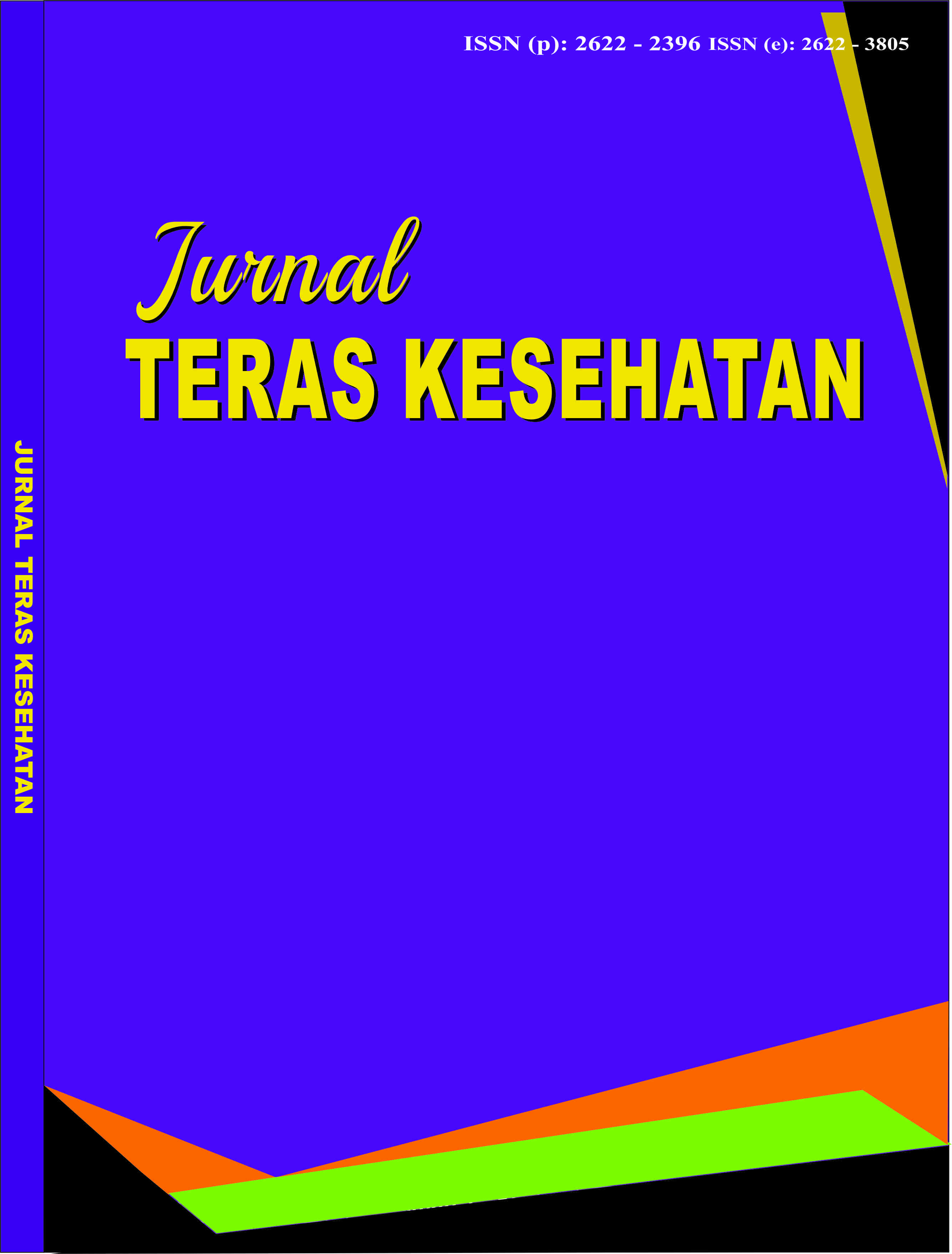EFEKTIVITAS METODE PROMOTING APHASICS’ COMMUNICATIVE EFFECTIVENESS (PACE) TERHADAP PENINGKATAN KEMAMPUAN MENAMAI TINGKAT KATA PADA PASIEN AFASIA BROCA DI KARESIDENAN SURAKARTA
THE EFFECTIVENESS OF THE PROMOTING APHASICS' COMMUNICATIVE EFFECTIVENESS (PACE) METHOD ON IMPROVING THE ABILITY TO WORD NAMING LEVEL IN PATIENTS WITH BROCA'S APHASIA IN SURAKARTA PREFECTURE
DOI:
https://doi.org/10.38215/jtkes.v8i1.170Keywords:
broca's aphasia, naming ability, PACE methodAbstract
Aphasia is a language disorder that often occurs in patients after a stroke. Broca's aphasia is a type of aphasia characterized by naming difficulties in around 30% of cases. Speech therapy is the main intervention for improving language skills. One method that can be used is the PACE (Promoting Aphasics' Communicative Effectiveness). This study aims to determine the effectiveness of the Promoting Aphasics' Communicative Effectiveness (PACE) method on improving the ability to word-level naming in patients with Broca's aphasia in Surakarta Prefecture. This research design is a single-group, pre-test-post-test, pre-experimental design. The study was conducted on eight patients with Broca's aphasia, using the total sampling technique. The instruments used were the PACE method and the word-level naming part of the TADIR test.
Downloads
References
Astriani, N. M. D. Y., Dewi, P. I. S., Heri, M., & Widiari, N. K. E. (2019). Terapi AIUEO terhadap Kemampuan Berbicara (Afasia Motorik) pada Pasien Stroke. Journal of Telenursing (JOTING), 1(2), 396–405. https://doi.org/10.31539/joting.v1i2.924
Bakheit, A. M. O., Shaw, S., Barrett, L., Wood, J., Carrington, S., Griffiths, S., Searle, K., & Koutsi, F. (2007). A prospective, randomized, parallel group, controlled study of the effect of intensity of speech and language therapy on early recovery from poststroke aphasia. Clinical Rehabilitation, 21(10), 885–894. https://doi.org/10.1177/0269215507078486
De Renzi, E., Faglioni, P., & Ferrari, P. (1980). The Influence of Sex and Age on the Incidence and Type of Aphasia. Cortex, 16(4), 627–630. https://doi.org/10.1016/S0010-9452(80)80010-4
Engelter, S. T., Gostynski, M., Papa, S., Frei, M., Born, C., Ajdacic-Gross, V., Gutzwiller, F., & Lyrer, P. A. (2006). Epidemiology of aphasia attributable to first ischemic stroke: Incidence,
severity, fluency, etiology, and thrombolysis. Stroke, 37(6), 1379–1384. https://doi.org/10.1161/01.STR.0000221815.64093.8c
Fred, D. (2013). A Comparison of Semantic Feature Analysis And Promoting Aphasic Communicative Effectiveness For Treating Anomia in Patients With Aphasia. http://aphasiology.pitt.edu/id/eprint/2433
Glindemann, R., Huber, W., & Willmes, K. (1991). How efficacious is pace-therapy when ‘language systematic training’ is incorporated? Aphasiology, 5(4–5), 391–399. https://doi.org/10.1080/02687039108248541

Downloads
Published
Issue
Section
License
Copyright (c) 2025 Jurnal Teras Kesehatan

This work is licensed under a Creative Commons Attribution-ShareAlike 4.0 International License.
Authors who publish articles in Jurnal Teras Kesehatan agree to the following terms:
- Authors retain copyright of the article and grant the journal the right of first publication with the work simultaneously licensed under a CC-BY-SA or the Creative Commons Attribution–ShareAlike License.
- Authors can enter into separate, additional contractual arrangements for the non-exclusive distribution of the journal's published version of the work (e.g., post it to an institutional repository or publish it in a book), with an acknowledgment of its initial publication in this journal.
Authors are permitted and encouraged to post their work online (e.g., in institutional repositories or on their website) prior to and during the submission process, as it can lead to productive exchanges, as well as earlier and greater citation of published work (See The Effect of Open Access)










